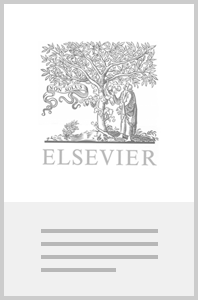Books in Life sciences
Books in Life sciences

Asian Horseshoe Crabs
- 1st Edition
- Menghong Hu + 1 more
- English

Advances in Management of Pediatric Brain Tumors
- 1st Edition
- Volume 167
- English

Investigative and Predictive DNA Testing
- 1st Edition
- Hirak Ranjan Dash
- English

Synthetic Biology and its Consequences in Present Healthcare
- 1st Edition
- Bhupendra G. Prajapati + 3 more
- English

Comprehensive Molecular Insect Science
- 2nd Edition
- Naoki Yamanaka + 1 more
- English

Oceanic Dolphins
- 1st Edition
- Thomas Allen Jefferson
- National Marine Mammal Foundation
- English

NanoPDT
- 1st Edition
- Saeid Moghassemi + 2 more
- English

Extracellular Mitochondria in Health and Disease
- 1st Edition
- Carla Lopes + 1 more
- English

Leveraging Viruses for the Treatment of Viral Diseases and Cancer
- 1st Edition
- Tibor Bakacs
- English

Harnessing Artificial Intelligence-Enhanced Graph Models for Biological Discovery
- 1st Edition
- Sudan Jha + 2 more
- English